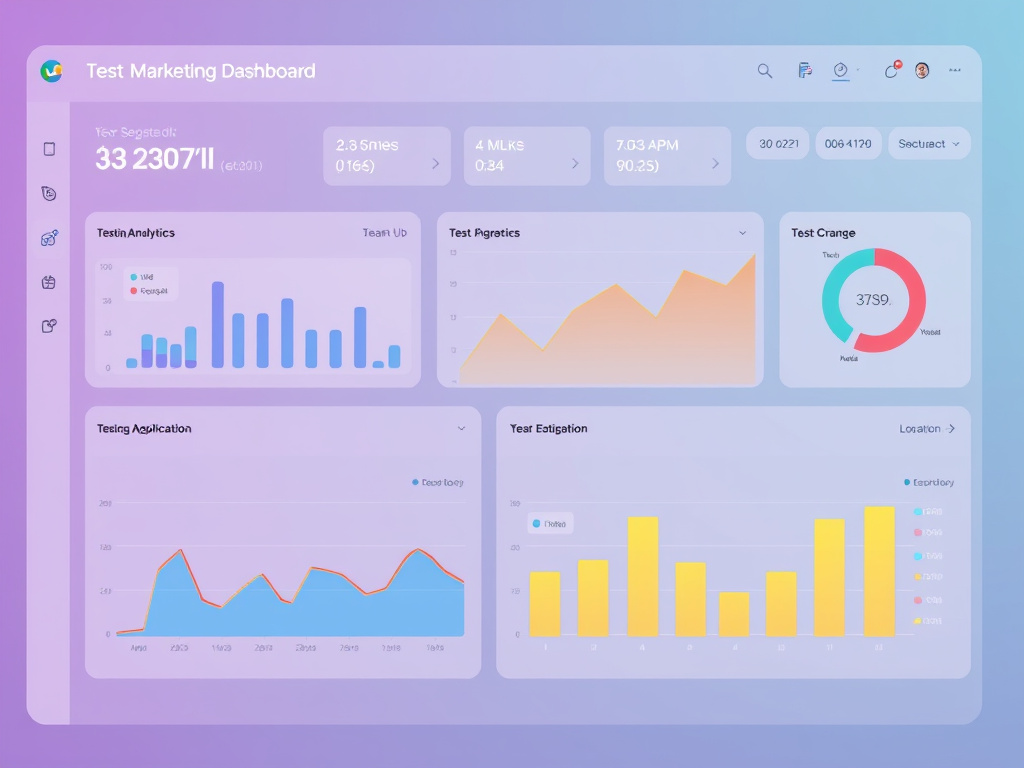In the ever-evolving landscape of digital marketing, understanding user behavior and optimizing website performance have become critical for businesses seeking a competitive edge. As someone deeply invested in data-driven decision-making, I’ve explored numerous tools, but none have matched the versatility and depth of Google Optimize. This platform offers a sophisticated yet accessible way to test, personalize, and improve user experiences—making it an indispensable asset for marketers and developers alike.
In this article, I’ll share my insights into Google Optimize, unraveling its core capabilities, strategic applications, and how it can transform your website’s effectiveness.
What Is Google Optimize?
Google Optimize is a free tool from Google that allows website owners to conduct experiments—such as A/B testing, multivariate testing, and personalization—to enhance user engagement and conversion rates. Its integration with Google Analytics makes it a powerful platform for data-driven website optimization.
Key Features Include:
- Easy-to-use visual editor for creating variants
- Precise audience targeting
- Seamless integration with Google Analytics
- Support for complex testing scenarios

Why Use Google Optimize? The Strategic Edge
Understanding why Google Optimize is so valuable requires examining its strategic benefits:
1. Data-Driven Decision Making
Instead of guessing which design or content works best, you can scientifically test different versions and base decisions on actual user behavior.
2. Enhanced User Experience
Personalization features let you tailor content to specific audience segments, increasing relevance and satisfaction.
3. Cost-Effective Optimization
Being a free platform, it offers powerful testing capabilities without straining your budget.
4. Integration with Google Ecosystem
Seamless connection with Google Analytics and Tag Manager simplifies setup and data analysis.
Bold Takeaway:
Google Optimize empowers you to turn intuition into insights, resulting in smarter website improvements.

Setting Up Google Optimize: A Step-by-Step Overview
Getting started with Google Optimize involves a few strategic steps:
1. Create a Google Account and Set Up Google Analytics
Ensure your website is linked to Google Analytics, as Optimize leverages this data for insights.
2. Create an Optimize Account Container
Set up your container, which holds all experiments and personalization campaigns.
3. Install the Optimize Snippet
Add the Optimize container snippet to your website's code, ideally through Google Tag Manager.
4. Create Your First Experiment
Choose between A/B testing, multivariate testing, or personalization, then define your variants.
5. Define Target Audiences Goals
Use Google Analytics data to specify who sees each experiment and what metrics determine success.

Types of Experiments You Can Conduct with Google Optimize
A/B Testing
Compare two or more versions of a webpage to see which performs better.
Multivariate Testing
Test multiple elements simultaneously to determine the most effective combination.
Personalization
Deliver tailored content to specific user segments based on behavior, location, or device.
Redirect Tests
Test different URLs to evaluate which landing page yields better results.
| Experiment Type | Best Use Cases | Complexity Level |
|---|---|---|
| A/B Testing | Simple layout changes | Low |
| Multivariate | Multiple element combinations | Moderate |
| Personalization | Customized user experience | High |

Best Practices for Maximizing Google Optimize Results
- Start Small: Begin with simple tests to familiarize yourself with the process.
- Prioritize High-Impact Pages: Focus on pages with significant traffic or conversion goals.
- Use Clear Hypotheses: Define what you're testing and why.
- Ensure Statistical Significance: Run tests long enough to gather meaningful data.
- Leverage Segmentation: Use audience targeting to personalize experiences effectively.
Key Takeaway:
Consistent testing and data analysis are the backbone of successful website optimization with Google Optimize.

Challenges and Limitations to Keep in Mind
While Google Optimize offers immense potential, it’s important to recognize some limitations:
- Limited Testing Capacity in the Free Version: Advanced features are available only in Optimize 360.
- Learning Curve: Setting up and interpreting tests requires familiarity with analytics concepts.
- Sampling and Statistical Significance: Proper test duration is crucial; premature conclusions can be misleading.
- Compatibility: Some complex website frameworks may require custom implementation.
Strategic Tip:
Combine Google Optimize with other analytics tools and user feedback to get a comprehensive view of your website's performance.
Final Thoughts: Harnessing Google Optimize for Continuous Improvement
In my experience, Google Optimize isn't just a testing tool; it's a strategic partner in understanding your audience and refining their journey. Its integration with Google’s ecosystem makes it a natural choice for businesses aiming to leverage their existing data assets for website optimization.
By systematically experimenting and personalizing user experiences, you unlock insights that drive growth, engagement, and loyalty. While mastering the platform may require effort, the long-term benefits are well worth it.
FAQs About Google Optimize
Q1: Is Google Optimize free?
A: Yes, Google Optimize offers a robust free version suitable for most small to medium-sized businesses.
Q2: Can I use Google Optimize with any website?
A: It works best with websites built on common platforms and with access to code snippets for implementation.
Q3: How long should I run an experiment?
A: Typically, at least 2-4 weeks, depending on your traffic volume, to reach statistical significance.
Q4: Does Google Optimize support mobile testing?
A: Absolutely. You can target specific devices and customize experiences accordingly.
Conclusion
Google Optimize stands out as a sophisticated yet accessible tool for website experimentation and personalization. Its ability to integrate with Google Analytics transforms raw data into actionable insights, fostering continuous improvement.
If you're ready to elevate your website's performance through data-driven strategies, I highly recommend exploring Google Optimize. Its potential to optimize user experiences and increase conversions makes it a valuable addition to your digital toolkit.
Start experimenting today, and let data guide your journey toward digital excellence!
Interested in more insights on digital optimization? Subscribe to my blog for the latest strategies and case studies.

